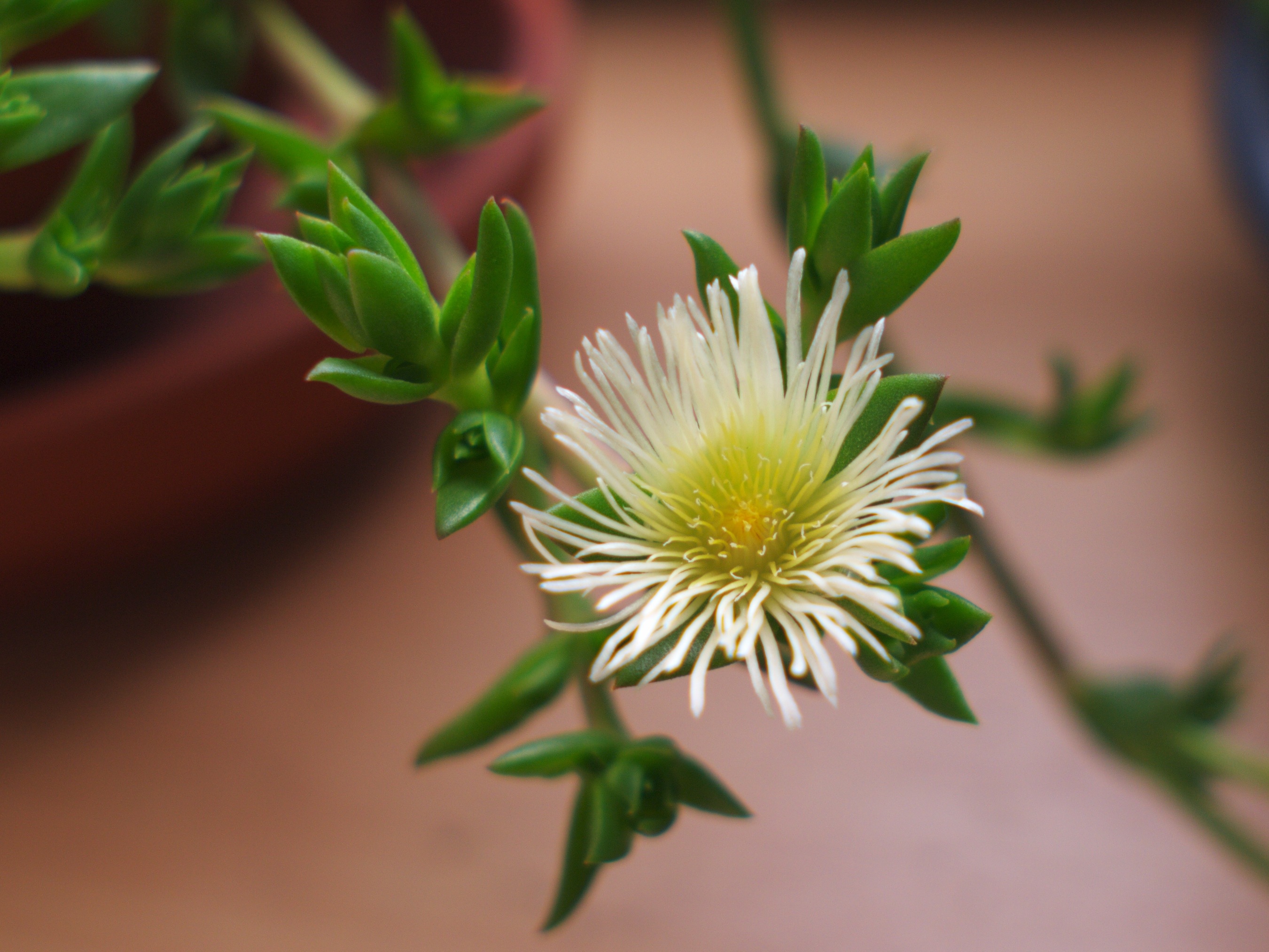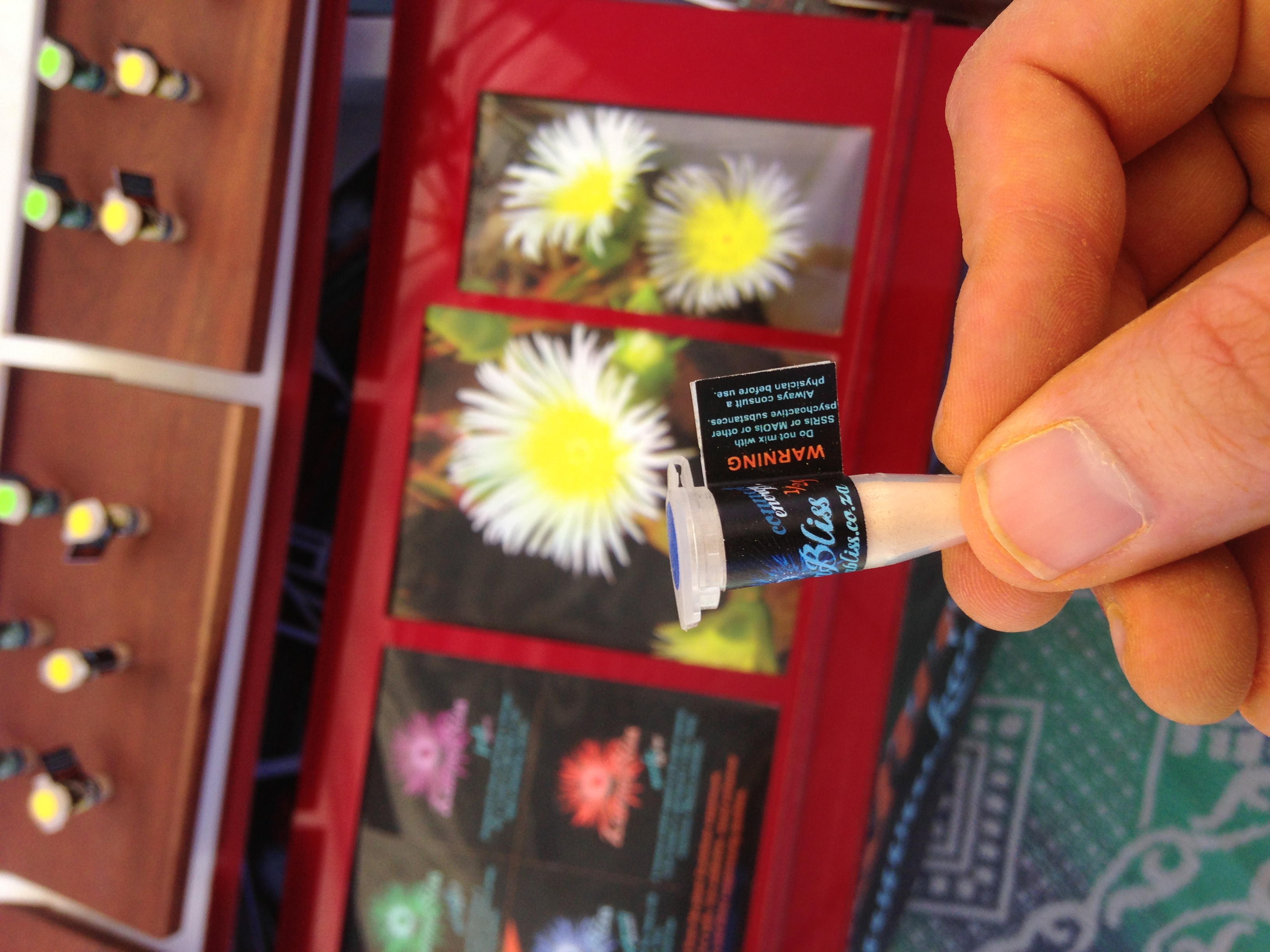Sceletium on:
[Wikipedia]
[Google]
[Amazon]
Sceletium tortuosum is a
 The plant has been used by South African pastoralists and
The plant has been used by South African pastoralists and

 ''S. tortuosum'' is traditionally used to fight stress and depression, relieve pain and alleviate hunger.
''S. tortuosum'' has been studied to alleviate excessive nocturnal barking in dogs, or meowing in cats, in pets diagnosed with dementia.
''S. tortuosum'' is traditionally used to fight stress and depression, relieve pain and alleviate hunger.
''S. tortuosum'' has been studied to alleviate excessive nocturnal barking in dogs, or meowing in cats, in pets diagnosed with dementia.
Monograph on sceletium tortuosum
Erowid Kanna Vault
Kanna Shop
succulent plant
In botany, succulent plants, also known as succulents, are plants with parts that are thickened, fleshy, and engorged, usually to retain water in arid climates or soil conditions. The word ''succulent'' comes from the Latin word ''sucus'', meani ...
commonly found in South Africa, which is also known as Kanna, Channa, Kougoed (Kauwgoed/ 'kougoed', prepared from 'fermenting' ''S. tortuosum'')—which literally means, 'chew(able) things' or 'something to chew'.
The generally recognised eight ''Sceletium'' species are ''S. crassicaule'', ''S. emarcidum'', ''S. exalatum'', ''S. expansum'', ''S. rigidum'', ''S. strictum'', ''S. tortuosum'' and ''S. varians''. Per Klak et al. (2007), an alternative classification for the ''Sceletium'' group is ''Mesembryanthemum crassicaule'', ''M. emarcidum'', ''M. exalatum'', ''M. expansum'', ''M. archeri'' (''S. rigidum''), ''M. ladismithiense'' (''S. strictum''), ''M. tortuosum'' and ''M. varians''.
History
 The plant has been used by South African pastoralists and
The plant has been used by South African pastoralists and hunter-gatherer
A traditional hunter-gatherer or forager is a human living an ancestrally derived lifestyle in which most or all food is obtained by foraging, that is, by gathering food from local sources, especially edible wild plants but also insects, fungi, ...
s as a mood-altering substance from prehistoric times. The first known written account of the plant's use was in 1662 by Jan van Riebeeck
Johan Anthoniszoon "Jan" van Riebeeck (21 April 1619 – 18 January 1677) was a Dutch navigator and colonial administrator of the Dutch East India Company.
Life
Early life
Jan van Riebeeck was born in Culemborg, as the son of a surgeon. He ...
. The traditionally prepared dried ''Sceletium'' was often chewed and the saliva
Saliva (commonly referred to as spit) is an extracellular fluid produced and secreted by salivary glands in the mouth. In humans, saliva is around 99% water, plus electrolytes, mucus, white blood cells, epithelial cells (from which DNA can be ...
swallowed, but it has also been made into gel caps, teas and tinctures. It has also been used as a snuff and smoked.''
Uses
 ''S. tortuosum'' is traditionally used to fight stress and depression, relieve pain and alleviate hunger.
''S. tortuosum'' has been studied to alleviate excessive nocturnal barking in dogs, or meowing in cats, in pets diagnosed with dementia.
''S. tortuosum'' is traditionally used to fight stress and depression, relieve pain and alleviate hunger.
''S. tortuosum'' has been studied to alleviate excessive nocturnal barking in dogs, or meowing in cats, in pets diagnosed with dementia.
Effects
''S. tortuosum'' may elevate mood and decrease anxiety, stress and tension. Intoxicating doses can be euphoric but not hallucinogenic, contrary to some literature on the subject.Pharmacology
''S. tortuosum'' contains about 1–1.5% total alkaloids. The alkaloids contained in ''S. tortuosum'' believed to possesspsychoactivity
A psychoactive drug, psychopharmaceutical, psychoactive agent or psychotropic drug is a chemical substance, that changes functions of the nervous system, and results in alterations in perception, mood, consciousness, cognition or behavior.
Th ...
include mesembrine, mesembrenone, mesembrenol and tortuosamine. A standardised ethanolic extract of dried ''S. tortuosum'' had an IC50 for SERT of 4.3 μg/ml and for PDE4 inhibition of 8.5 μg/ml.
Kanna is also reported to be an acetylcholinesterase inhibitor and cannabinoid agonist
An agonist is a chemical that activates a receptor to produce a biological response. Receptors are cellular proteins whose activation causes the cell to modify what it is currently doing. In contrast, an antagonist blocks the action of the ago ...
.
Mesembrine
Mesembrine is a major alkaloid present in ''S. tortuosum''. There is about 0.3% mesembrine in the roots and 0.86% in the leaves, stems, and flowers of the plant. It serves as a serotonin reuptake inhibitor with less prominent inhibitory effects on phosphodiesterase 4 (PDE4). In an in vitro study, a high-mesembrine ''Sceletium'' extract showed monoamine releasing activity by upregulation of vesicular monoamine transporter 2 (VMAT2).Mesembrenone
Mesembrenone on the other hand serves as a more balanced serotonin reuptake inhibitor and PDE4 inhibitor.Safety
General
Traditional and contemporary methods of preparation serve to reduce levels of potentially harmful oxalates found in ''S. tortuosum''. An analysis indicated levels of 3.6-5.1% oxalate, which falls within the median range for crop plants, just like spinach or kale. It is speculated that physical crushing of the plant and the fermentation process reduce the potentially harmful effects ofoxalic acid
Oxalic acid is an organic acid with the systematic name ethanedioic acid and formula . It is the simplest dicarboxylic acid. It is a white crystalline solid that forms a colorless solution in water. Its name comes from the fact that early inve ...
. In particular, free oxalic acid is likely to complex with cell wall-associated calcium salts and precipitate as calcium oxalate
Calcium oxalate (in archaic terminology, oxalate of lime) is a calcium salt of oxalic acid with the chemical formula . It forms hydrates , where ''n'' varies from 1 to 3. Anhydrous and all hydrated forms are colorless or white. The monohydrate ...
when plant material is crushed.
Animal studies
No treatment-related adverse effects were observed in an oral toxicity study in rats of a standardized hydroethanolic extract of ''S. tortuosum''. The extract, although not mesembrine itself, produced ataxia in rats, thereby possibly limiting the usefulness of the extract as an antidepressant. C-reactive protein levels were found to increase significantly in a dose-dependent manner in unstressed control rats but not in mildly psychologically stressed rats.Human studies
In a study evaluating its safety, a 2:1 standardised extract consumed by healthy adults at a dose of up to 25 mg once daily over a three-month period was well tolerated, with adverse effects such as headache not occurring more than when taking a placebo.See also
* Ethnomedicine * Psychoactive plantsReferences
External links
Monograph on sceletium tortuosum
Erowid Kanna Vault
Kanna Shop
Further reading
* {{Taxonbar, from=Q933587 Aizoaceae Flora of South Africa Antidepressants Anxiolytics Plants used in traditional African medicine